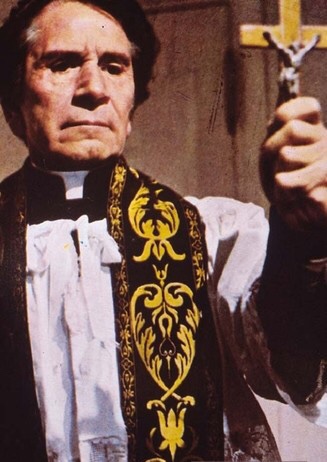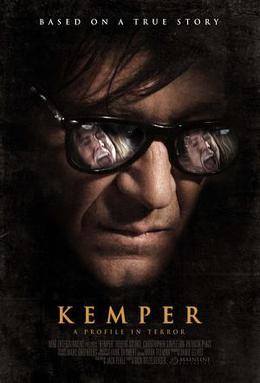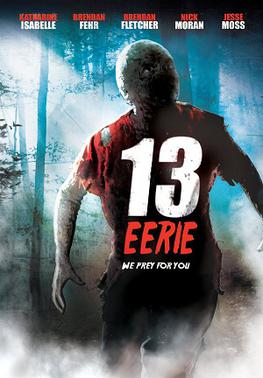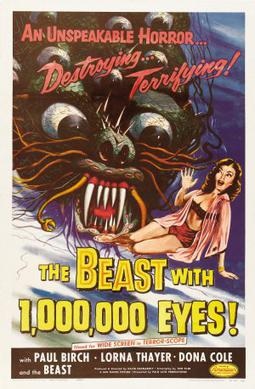
The 1975 Italian film, The Return of the Exorcist, opens with a disjointed series of flashbacks that gradually reveal why a young man named Piero (Jean-Claude Verne) is currently bound in a bed in a monastery. What the flashbacks do not reveal is why Piero features one of the most fearsome mullets to ever been seen in an Italian film. Seriously, I get that this film was shot in 1975 but it’s a little bit hard to be intimidated by someone who obviously spends hours a day obsessing over his mullet, regardless of what may or may not have possessed him.
Piero, we learn, is 17 years old and his troubles started when he was outside with his camera and he came across a naked woman (Mimma Biscardi) standing in the middle of a lake. Piero took her picture and the woman laughed at him. When Piero’s friends approached, the woman suddenly vanished. When Piero developed the pictures, the woman was not in them. He went back to the lake and discovered a medallion which, rather foolishly, he chose to wear.
Of course, because of the film’s flashback structure, we already know that the woman was previously sacrificed at a Satanic orgy and that her body was possessed by a succubus and, because Piero was stupid enough to put on that medallion, the succubus has now entered him. Piero is soon acting strangely. When he insults his girlfriend, Sherry (Sonia Viviani), she abandons him and eventually ends up at a club where she dances the night away. Meanwhile, in his bedroom, Piero has a vision of the woman mocking him. Piero grabs a knife and slashes it across the woman’s throat. While this doesn’t effect the woman, it does lead to Sherry dying at the club.
The strangeness continues and Piero’s actions become progressively more and more disturbing. After Piero attempts to assault both his mother (Francoise Prevost) and his sister, a nun named Elena (Patrizia Gori), the decision is made to call in an Exorcist. The Exorcist arrives at the monastery and….
IT’S BARZINI!

Well, no, actually The Exorcist does not have a name. In the credits, he is simply listed as “Exorcist.” One can guess from the film’s title that the plan was to trick audiences into thinking that the character was either Father Merrin or Father Karrras from The Exorcist but anyone who has seen that film know that would be impossible. The important thing is that this film’s Exorcist is played by Richard Conte, who previously played Barzini in The Godfather.
(For the record, Richard Conte actually had a pretty long career and played a lot of roles before he was cast as Barzini. In fact, Conte was prominent enough that he was initially considered for the role of Don Vito Corleone. Before The Godfather, Conte appeared in films like Ocean’s 11, The Greatest Story Ever Told, The Big Combo, Tony Rome, and Lady in Cement. After The Godfather, Conte appeared in several Italian films, like this one. The Exorcist was actually his final film role, as he died of a heart attack shortly after shooting.)

What type of exorcist is Richard Conte? He’s a very tough one. As opposed to the scholarly Merrin and the conflicted Father Karras, Conte’s Exorcist comes across as if he’s ready to step into that bedroom and just literally slap the Hell right out of Piero. And considering just how annoying a character Piero was, I don’t think anyone would have objected.
Anyway, Conte really doesn’t show up in the film until it’s close to being over and the Exorcism plays out pretty quickly. The majority of this film is made up of scenes of Piero imagining the Succubus naked or the Succubus taking over Piero’s body so that it can go after his girlfriend, his mother and his sister. There’s reason why this film is also known as Naked Exorcism. It’s unapologetically sleazy, as many of the Italian Exorcist films were. It’s also a bit boring, mostly because Piero is such a doofus that you really don’t care what happens to him. They should have just tossed him in the lake and tested whether he weighed more than a duck. Conte is a tough exorcist but the film itself is forgettable.
























